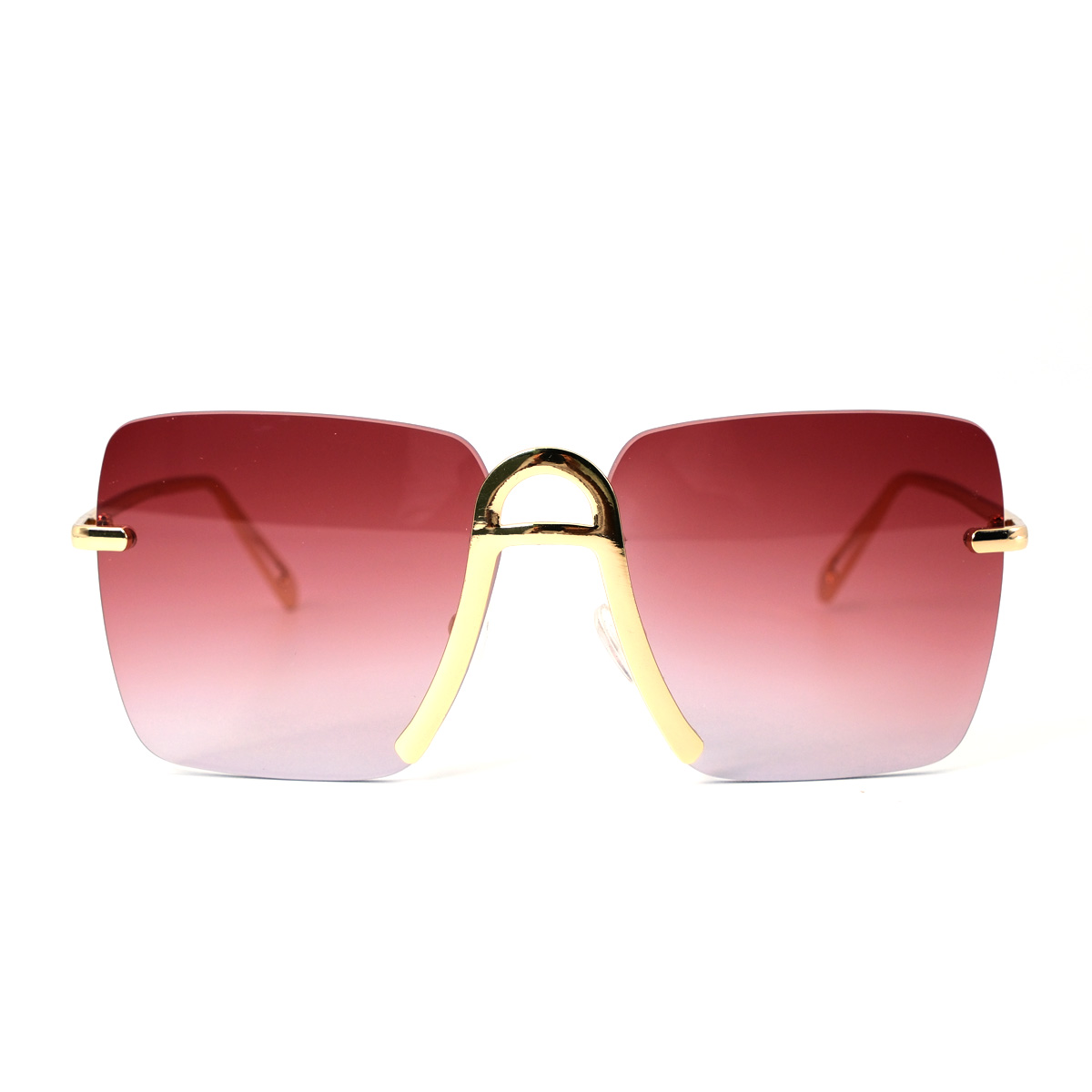The difference between progressive glasses and ordinary glasses
Eyeglasses have long been a staple for vision correction, offering clarity and improved visual acuity. With advancements in lens technology, different types of glasses have emerged to cater to specific needs. Two commonly discussed options are progressive glasses and ordinary glasses. In this article, we will explore the key differences between these two types of eyewear, shedding light on their distinct features, benefits, and considerations. By understanding these disparities, individuals can make informed decisions when choosing the most suitable eyeglasses for their visual needs.
1. Defining Progressive Glasses:
Progressive glasses, also known as multifocal or varifocal glasses, are designed to correct multiple vision problems within a single lens. They are primarily used to address presbyopia, a condition that commonly occurs with age and affects near vision. Progressive lenses offer a seamless transition from distance vision at the top of the lens to intermediate vision in the middle and near vision at the bottom. This eliminates the need for switching between different pairs of glasses for various tasks.
2. Understanding Ordinary Glasses:
Ordinary glasses, also referred to as single-vision glasses, have a consistent lens power throughout. They are typically prescribed for individuals with a single vision issue, such as nearsightedness (myopia) or farsightedness (hyperopia). Ordinary glasses provide optimal correction for a specific distance, either for far vision (distance glasses) or near vision (reading glasses).

3. Key Differences between Progressive and Ordinary Glasses:
a. Multifocal vs. Single Vision: The fundamental disparity between progressive and ordinary glasses lies in their lens design. Progressive glasses incorporate multiple lens powers within a single lens, allowing for seamless transitions between different distances. Ordinary glasses, on the other hand, have a single lens power focused on correcting a specific vision issue.
b. Smooth Transition vs. Fixed Focus: Progressive glasses offer a smooth and gradual transition between different focal points, providing clear vision at various distances without the need for separate glasses. In contrast, ordinary glasses have a fixed focus, providing optimal vision correction for a particular distance only.
c. Versatility vs. Specificity: Progressive glasses offer versatility, allowing wearers to see clearly at different distances without constantly switching glasses. They are particularly beneficial for individuals with presbyopia who require correction for near, intermediate, and distance vision. Ordinary glasses, however, are designed to address a specific vision problem and provide optimal correction for a single distance.
d. Adaptation Period: Adjusting to progressive glasses may require a brief adaptation period due to the transition zones between different lens powers. Some individuals may experience slight distortions or a learning curve in finding the ideal head position for optimal vision. In contrast, ordinary glasses typically have a straightforward adaptation process since the lens power remains consistent throughout.
4. Considerations for Choosing Between Progressive and Ordinary Glasses:
a. Visual Needs: Assessing one's visual requirements is crucial in determining the appropriate type of glasses. Individuals with presbyopia or a need for multiple vision corrections will benefit from progressive glasses, while those with a single vision issue may find ordinary glasses more suitable.
b. Lifestyle and Activities: Consider the activities and tasks that require vision correction. Progressive glasses offer convenience and flexibility for individuals who frequently switch between near and far distances, making them ideal for those with active lifestyles.
